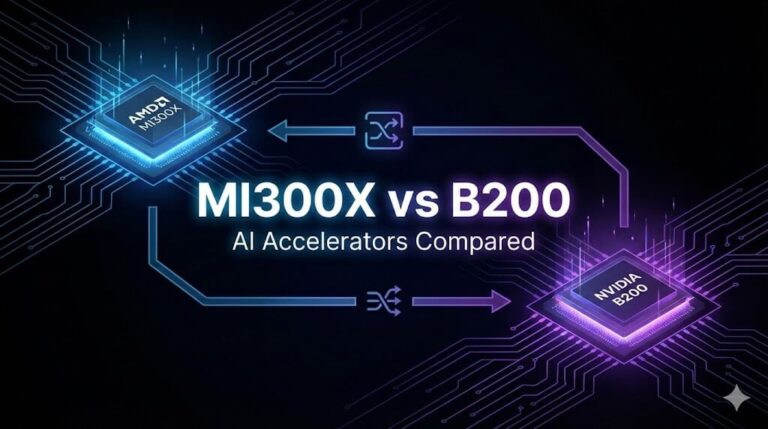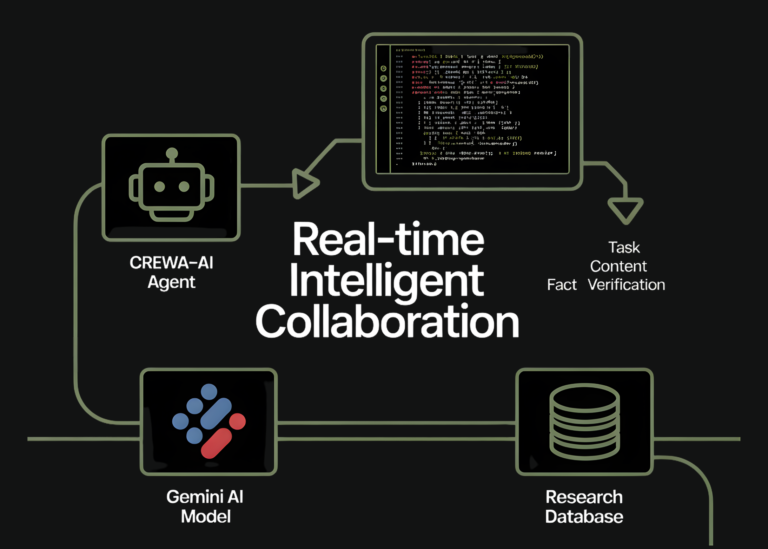AI Tools for Analyzing Employee Performance Metrics: Transforming HR in the Modern Workplace
In today’s fast-evolving corporate landscape, organizations are increasingly turning to technology to optimize operations, enhance decision-making, and foster growth. One area where artificial intelligence (AI) is making a significant impact is in employee performance analysis. Traditional methods of evaluating workforce performance—reliant on annual reviews, subjective feedback, and manual data entry—are being supplemented or replaced by AI-driven tools that offer deeper insights, real-time monitoring, and actionable recommendations. This shift is not just about efficiency; it’s about redefining how businesses understand, manage, and develop their most valuable asset: their people.
The Rise of AI in Performance Management
Employee performance metrics have long been a cornerstone of human resource (HR) strategies. These metrics, which include productivity levels, attendance records, project completion rates, customer feedback, and sales data, help organizations assess individual and team contributions. However, manual analysis of such data is time-consuming, prone to bias, and often fails to capture the nuanced factors influencing performance.
AI tools address these gaps by leveraging machine learning (ML), natural language processing (NLP), and predictive analytics to process vast amounts of data from diverse sources—HR systems, email communications, project management platforms, and even wearable devices. This enables a more holistic view of employee performance, moving beyond quantitative data to analyze qualitative aspects like collaboration, communication patterns, and engagement levels.
How AI Tools Work: A Closer Look
AI performance analysis tools operate through three core phases:
-
Data Collection:
These tools aggregate data from multiple touchpoints, such as employee records, performance reviews, task management systems (e.g., Asana, Trello), collaboration platforms (e.g., Slack, Microsoft Teams), and even biometric data from wearable tech. By integrating with existing HR software, they create a unified dataset for evaluation. -
Analysis Techniques:
Advanced algorithms identify patterns and correlations in the data. For example, NLP can analyze emails or meeting transcripts to gauge sentiment, communication effectiveness, or teamwork dynamics. ML models detect anomalies, such as sudden drops in productivity or recurring attendance issues, while predictive analytics forecast future performance trends based on historical data. - Predictive & Prescriptive Insights:
Beyond analyzing past performance, AI tools can predict potential challenges (e.g., attrition risks) and suggest solutions. They might recommend personalized training programs, flag underperforming teams, or highlight high-potential employees for leadership roles.
Key Features of AI Performance Analysis Tools
Modern AI tools for performance management are equipped with features that make them indispensable for HR professionals:
- Real-Time Monitoring: Continuous tracking of metrics allows for immediate intervention when issues arise.
- Bias Reduction: By relying on data-driven insights, AI minimizes subjective biases in evaluations.
- Customization: Tailored dashboards and KPIs enable organizations to align metrics with specific goals, whether in sales, customer service, or creative fields.
- Sentiment Analysis: Evaluating feedback, reviews, and communication to assess workplace morale and collaboration.
- Skill Gap Identification: Analyzing performance data to pinpoint areas where employees need upskilling or reskilling.
Benefits of AI-Driven Performance Analysis
The adoption of AI in performance management offers several advantages:
- Efficiency: Automating data collection and analysis saves time, allowing HR teams to focus on strategic initiatives.
- Objectivity: Reducing human bias ensures fairer evaluations, fostering a more equitable workplace.
- Proactive Management: Predictive capabilities enable early identification of risks, such as burnout or underperformance, allowing for timely support.
- Personalized Development: AI can recommend individualized training paths or career growth opportunities based on performance trends.
- Scalability: These tools handle large datasets, making them ideal for companies with global or remote teams.
Challenges and Ethical Considerations
While the benefits are compelling, the use of AI in performance analysis isn’t without challenges:
- Data Privacy: Collecting sensitive employee data raises concerns about confidentiality and compliance with regulations like GDPR.
- Bias in Algorithms: If training data is flawed, AI models might perpetuate existing biases, leading to unfair outcomes.
- Transparency: Employees may question how decisions are made if the AI’s logic isn’t explainable or clear.
- Implementation Costs: Initial investment in AI tools and integration with existing systems can be high.
- Human Oversight: Over-reliance on AI risks missing contextual nuances, such as personal circumstances affecting performance.
Real-World Applications
Several companies have already embraced AI to refine their performance strategies. For instance, a global tech firm used an AI platform to analyze project completion times and communication patterns, identifying bottlenecks and improving team collaboration. Another example is a retail company that implemented sentiment analysis on customer feedback and employee reviews to enhance service quality and employee engagement. These tools not only improved efficiency but also boosted employee satisfaction by providing more accurate and timely feedback.
The Future of AI in Performance Management
As AI technology advances, its role in HR will expand. Future trends may include:
- Continuous Feedback Loops: Moving away from annual reviews to real-time, data-driven feedback.
- Enhanced Integration: Seamless compatibility with other HR functions like recruitment and succession planning.
- Emotional Intelligence Tools: AI capable of detecting and addressing emotional and psychological factors affecting performance.
- Ethical AI Frameworks: Increased focus on transparency, fairness, and employee consent in data usage.
Conclusion
AI tools for analyzing employee performance metrics are reshaping how organizations evaluate and nurture their workforce. By combining data-driven insights with predictive capabilities, they offer a more dynamic and equitable approach to performance management. However, success hinges on balancing technology with human judgment, ensuring ethical practices, and fostering trust among employees. As businesses continue to adopt these tools, the key will be to use AI not as a replacement for intuition but as a powerful ally in creating a more productive, engaged, and fair workplace.
In the end, the goal isn’t just to measure performance but to empower employees to thrive. With thoughtful implementation, AI can be a catalyst for growth, innovation, and organizational success.







